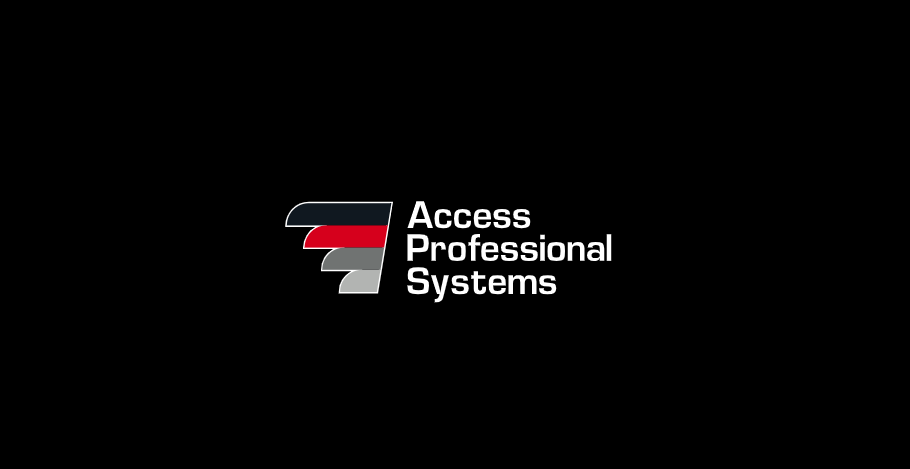Top Key Components of an Effective Door Access Control System: Gate Automation, PARCS, and Beyond

In an era where security is paramount, businesses and organizations are increasingly turning to advanced door access control systems to safeguard their premises. These systems go beyond traditional lock-and-key mechanisms, utilizing sophisticated technologies for enhanced security and operational efficiency. In this article, we will explore the key components of an effective door access control system, with a focus on gate automation, PARCS (Parking Access and Revenue Control Systems), and the overarching theme of access control.
Introduction
Door access control systems serve as the first line of defense for ensuring the safety and security of a facility. A comprehensive system comprises several interconnected components, each playing a crucial role in controlling and monitoring access to designated areas.
1. Access Control Software
At the heart of any door access control system is the access control software. This centralized platform manages user credentials, access permissions, and real-time monitoring. It serves as the brain of the system, orchestrating the communication between various components.
2. Authentication Methods
Authentication methods form the frontline defense against unauthorized access. Modern door access control systems offer a range of options, including:
Biometric Authentication: Utilizing fingerprint scans, facial recognition, or iris scans for highly secure and personalized access.
Smart Cards/Key Fobs: RFID or NFC cards and key fobs containing encrypted information to grant access to authorized individuals.
PIN Codes: Traditional yet effective, PIN codes provide an additional layer of security when used in conjunction with other authentication methods.
3. Gate Automation
For premises with gated entry points, gate automation is a pivotal component. Automated gates, integrated with the access control system, ensure seamless and controlled entry, enhancing both security and operational efficiency. Gate automation systems can be tailored to various types of gates, including swing gates, sliding gates, and barrier gates.
4. PARCS (Parking Access and Revenue Control Systems)
In facilities with parking areas, such as commercial complexes or residential communities, PARCS plays a vital role in managing vehicular access. These systems not only control entry and exit points but also facilitate revenue collection through automated ticketing and payment processes. Integration with access control ensures that only authorized vehicles gain entry.
5. Security Cameras and Surveillance
Video surveillance is a critical component that complements access control. Strategically placed security cameras provide real-time monitoring and recording of entry points, creating a visual record of individuals accessing the premises. Integrating surveillance with access control enhances forensic capabilities in case of security incidents.
6. Integration Capabilities
The effectiveness of a door access control system lies in its ability to seamlessly integrate with other security and operational systems. Integration with video management systems, intrusion detection systems, and building management systems ensures a holistic approach to security and operational efficiency.
7. Remote Management and Monitoring
With the evolution of technology, remote management has become an integral feature. Administrators can monitor and manage access control systems remotely, making adjustments to permissions, reviewing logs, and responding to security events in real-time. This feature is especially valuable for businesses with multiple locations.
8. Alarming and Notification Systems
Instant notification of security events is crucial for prompt response. Door access control systems incorporate alarming features that notify administrators of unauthorized access attempts, door breaches, or other anomalies. This proactive approach allows for swift action to mitigate potential threats.
9. Scalability
An effective door access control system should be scalable to accommodate the changing needs of a business or organization. Whether it’s a small startup expanding its office space or a large enterprise with multiple locations, scalability ensures that the access control system can grow alongside the business.
Conclusion
In conclusion, a robust door access control system comprises a synergy of components designed to provide comprehensive security and operational benefits. The integration of gate automation, PARCS, and access control software forms a powerful solution that goes beyond traditional security measures. As technology continues to advance, businesses must stay abreast of the latest innovations in door access control to safeguard their assets and personnel effectively. By understanding the key components discussed here, businesses can make informed decisions to implement an effective and tailored door access control system that meets their unique security requirements.
In conclusion, a robust door access control system comprises a synergy of components designed to provide comprehensive security and operational benefits. The integration of gate automation, PARCS, and access control software forms a powerful solution that goes beyond traditional security measures. As technology continues to advance, businesses must stay abreast of the latest innovations in door access control to safeguard their assets and personnel effectively. By understanding the key components discussed here, businesses can make informed decisions to implement an effective and tailored door access control system that meets their unique security requirements.









